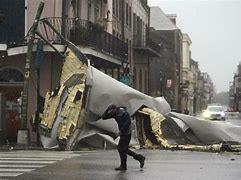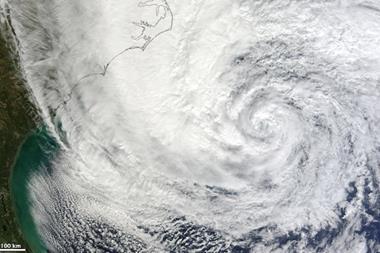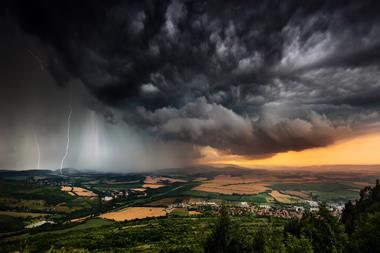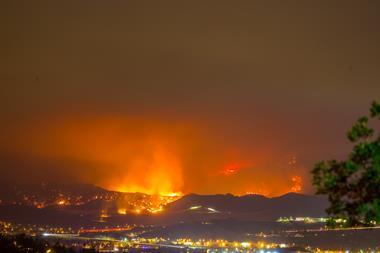Reinsurance broker urges a rethink of the impact from “secondary perils” as extreme weather events drive loss tally
Insured losses from major natural catastrophes in 2021 – excluding Covid-related losses – have so far reached roughly $116 billion, the third largest total since 2011, and about 63% higher than the average loss of $71 billion since 2011.
In Europe, the largest loss-causing event came in mid-July with Storm Bernd causing more than $13 billion in insured losses. Affecting mainly Germany and Belgium, Storm Bernd remained stalled over saturated soil in central Europe due to weak a Jet Stream. Effects included the largest German flood loss on record.
Like the peak insured natural-catastrophe loss years of 2017 ($143 billion) and 2011 ($120 billion), multiple events are responsible for the large losses, according to Gallagher Re.
Tropical cyclones caused 35% of the overall loss, and severe thunderstorms 25%. North America was responsible for 68%, and Europe, the Middle East, and Africa 23%. The largest single loss event was Hurricane Ida in August, which cost insurers roughly $37 billion.
James Vickers, chairman International, Reinsurance, at Gallagher Re, said: “It was a heavy year for natural catastrophes, despite the absence of a very significant single loss event. Notably, claims originating from secondary perils were substantial. That perhaps calls for an industry-wide redefinition of the phrase, and is certainly a phenomenon that underwriters are paying close attention to.”




















No comments yet